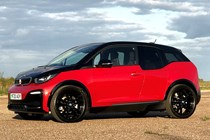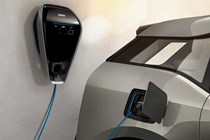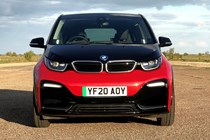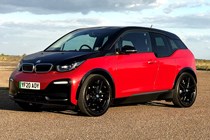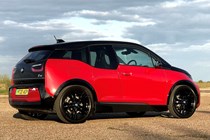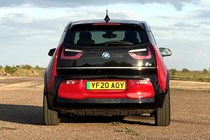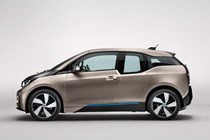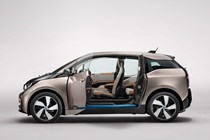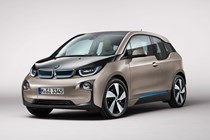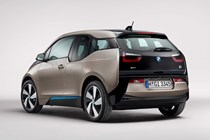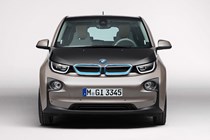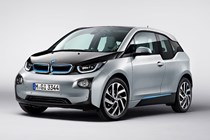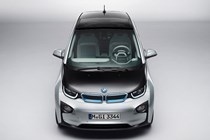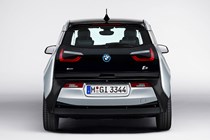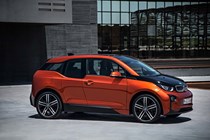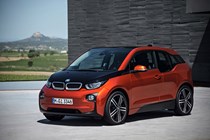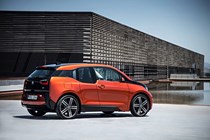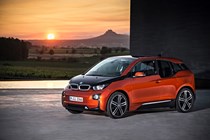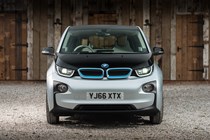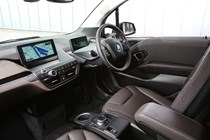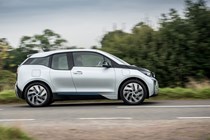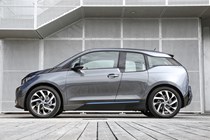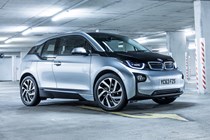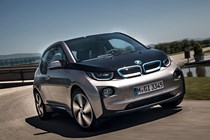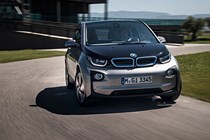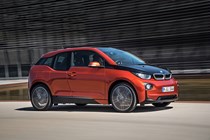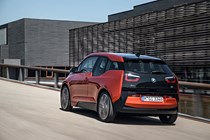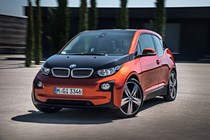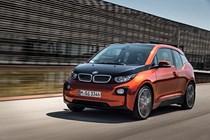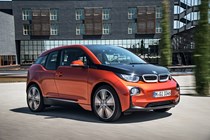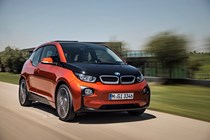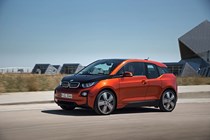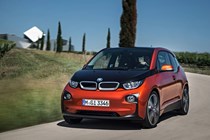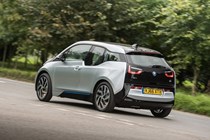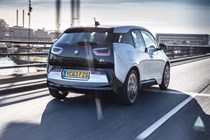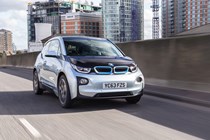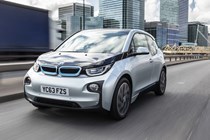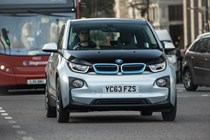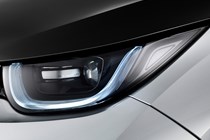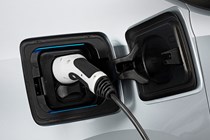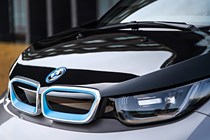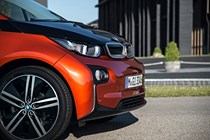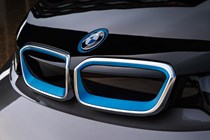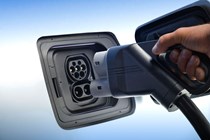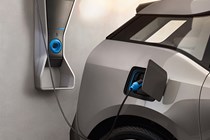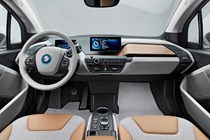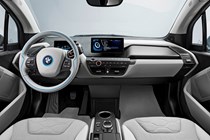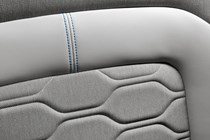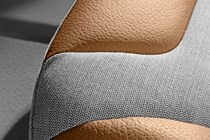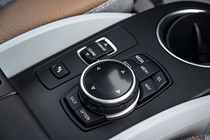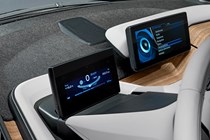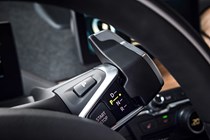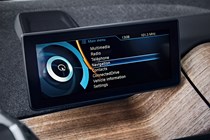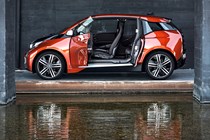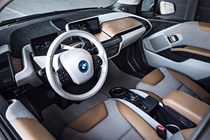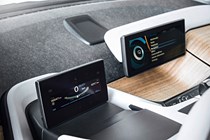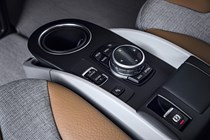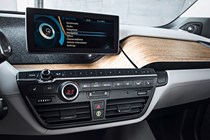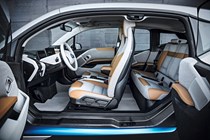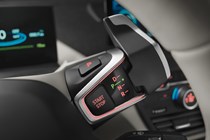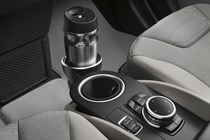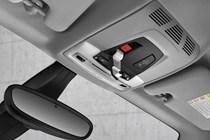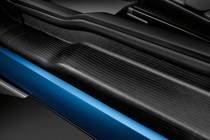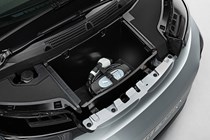
BMW i3 Hatchback engines, drive and performance
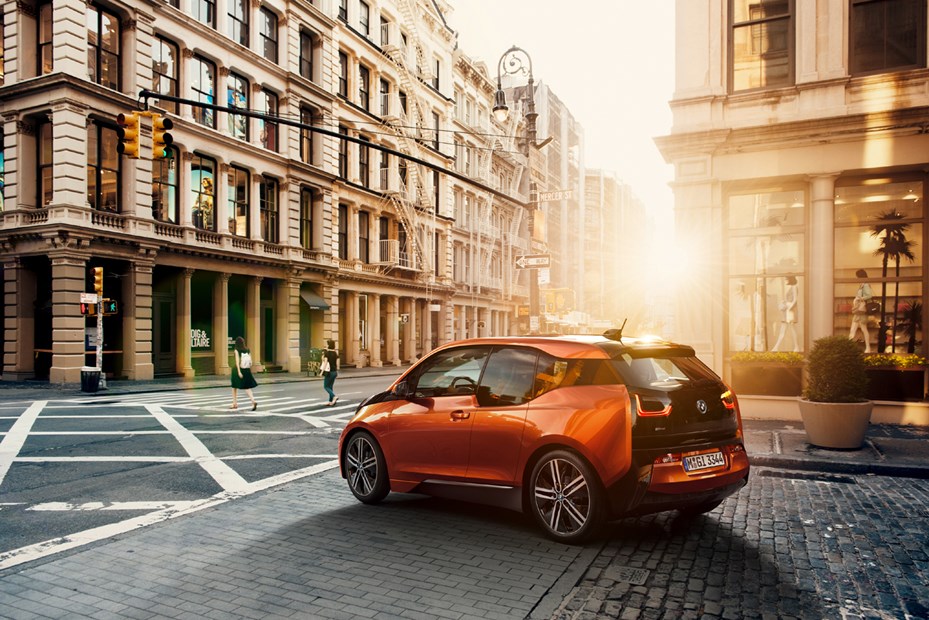
- Silent but rapid acceleration
- The i3s is a hot hatch in disguise
- Excellent handling and steering
What power options are there?
There are two choices when buying the BMW i3: the standard i3 with a 170hp motor, and its sportier counterpart, the i3s, which musters 184hp. Both models are powered by the same 42.2kWh battery pack, making choosing your i3 a matter of deciding between quick and a bit quicker.
Whichever i3 model you pick, all feel agile and have sharp, responsive steering, which makes them a joy to drive around town. Handling is grippy and fun, but the ride is stiff enough to take the edge off things.
All motor options
i3 model
As you can see from the table above, the i3 is nippy with 0-62mph taking 7.3 seconds. Combine that with its brisk, zero-lag acceleration and you get a great sparring partner around town. It’s great away from the lights and it gives you the confidence to nip in and out of the cut-and-thrust without any anxieties.
Acceleration is particularly smart up to 30mph, but even when you move out of the confines of the city the i3 continues to impress, with real-world performance that doesn’t feel underwhelming right up to motorway speeds. Only on German autobahns will you lament the car’s 99mph top speed.
i3s model
Launched in autumn 2017, the warm-hatch i3s model boasts a more powerful motor, which takes horsepower to 184hp from the 170hp in the regular i3. Performance is amusingly fast for an EV: 0-62mph takes just 6.9 seconds and throttle response is instantaneous.
Whether that additional zip and fizz is worth the extra money is down to you. Although the on-paper figures are similar, the i3s does feel usefully quicker on the road, and fulfills its brief of electric hot hatch pretty well considering its advancing years. Consider it a very fun commuter car and you won’t go too far wrong.
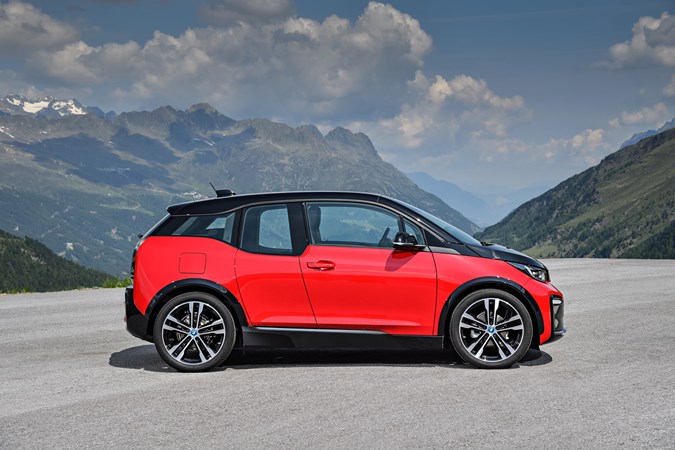
Handling
- Quick-witted, sharp drive
- Narrow tyres limit outright grip
- Amazingly tight turning circle
If the i3 looks unconventional, then what’s underneath that striking body is even more so. This baby BMW is based on a carbonfibre tub, not dissimilar to an F1 car’s – giving it great strength and a useful weight saving to counter the additional weight of the batteries.
Even including the lithium-ion cells, the whole chassis and drivetrain module only tips the scales at 365kg. Storing the batteries low down in the body means the centre of gravity is exceptionally low, and the i3’s handling is nimble as a result.
Steering is light and fast-acting, and the car turns into corners with eagerness; this is a relatively tall car and its passengers sit high up, yet there’s not too much body roll to speak of. We’ve even driven the i3 at Brands Hatch race circuit, which not only allowed us to test its reactions during a slalom and lane-change manoeuvres, but also around some of the circuit’s famous bends, where it cornered flat and fast.
Be careful in slippery conditions however; those super-skinny tyres don’t generate much grip and can relinquish what purchase they have on damp or freezing roads. It’s best to drive gingerly in cold or wet conditions in a BMW i3.
The stand-out feature of the i3’s driving experience is the regenerative braking function, and its ability to gradually bring the BMW to a halt without using the brakes. With enough foresight, and a recalibration of your feet – the ferocity of the effect can’t be altered – by anticipating and simply lifting off the accelerator it’s easy to drive the car without touching the brake pedal at all. Once you’re used to it, you’ll be able to drive for miles in stop-go traffic without ‘braking’ once.


